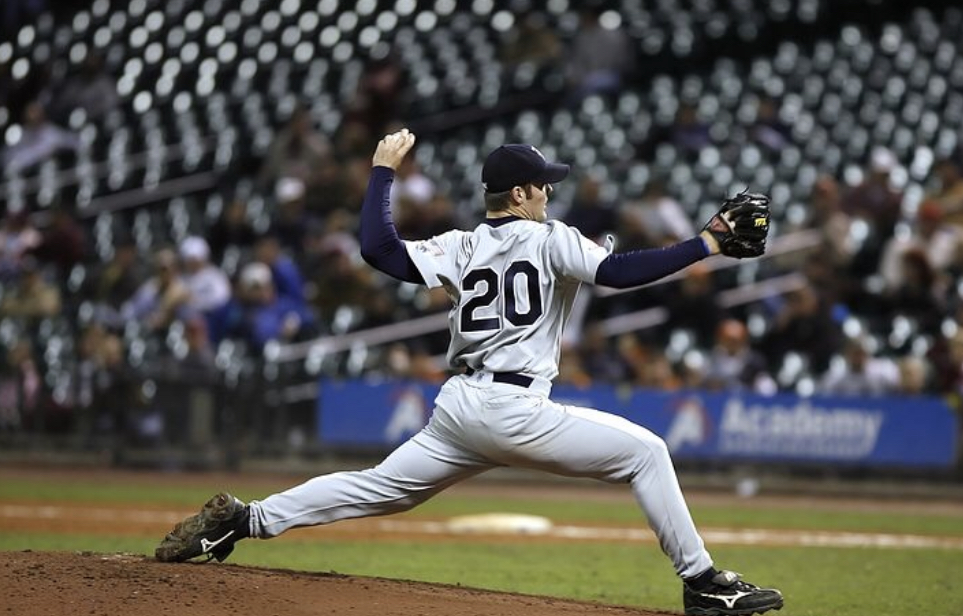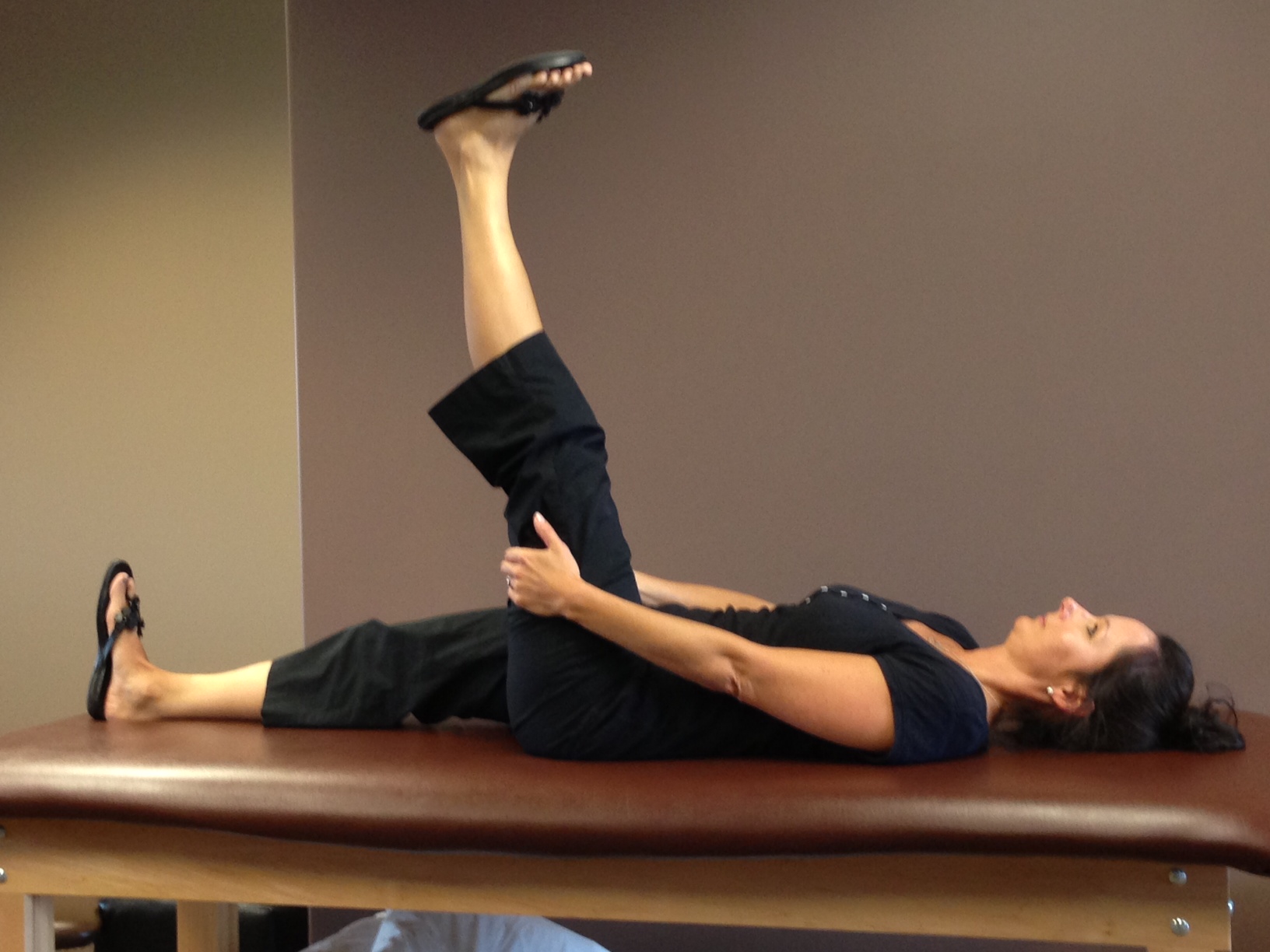Shoulder pain is a common occurrence with overhead throwing athletes at all levels. Injuries that once were only seen in professional baseball have increased in frequency in collegiate, high school,and youth athletes. This is undoubtedly related to an increase in overall volume of throwing, more games being played, and year around training. Common shoulder injuries include rotator cuff tendinitis, shoulder impingement, and labral tears. Epicondylitis and UCL injuries are frequently seen in the elbow.
CAUSES
Many of the overuse injuries seen in baseball can be traced back to faulty bio-mechanics due to postural misalignment. In order to control the forces associated with throwing, adequate flexibility, strength, and stability are needed at both the shoulder joint and the shoulder blade(scapula). Faulty pelvic and thoracic resting position will create a feed forward muscular recruitment pattern resulting in an imbalance of the muscles that stabilize the shoulder. These imbalances will also result in the loss of shoulder internal rotation range of motion (GIRD).http://edgept.com/curing-gird-limited-shoulder-rotation/
TREATMENT
True shoulder and scapular stability are only possible with a musculoskeletal system that can achieve a neutral resting position in the thorax as well as the pelvis. If the natural rotational twist of the rib cage and pelvis is not recognized and addressed in training or rehab, true scapular and shoulder stability are impossible to achieve. No amount of exercise will improve strength and stability unless the underlying compensatory muscle recruitment pattern is first addressed. The therapists at Edge PT balance the kinetic chains of muscle that control breathing, running and throwing. This minimizes torque through the shoulder and allows recruitment of scapular and rotator cuff musculature free from compensation.





